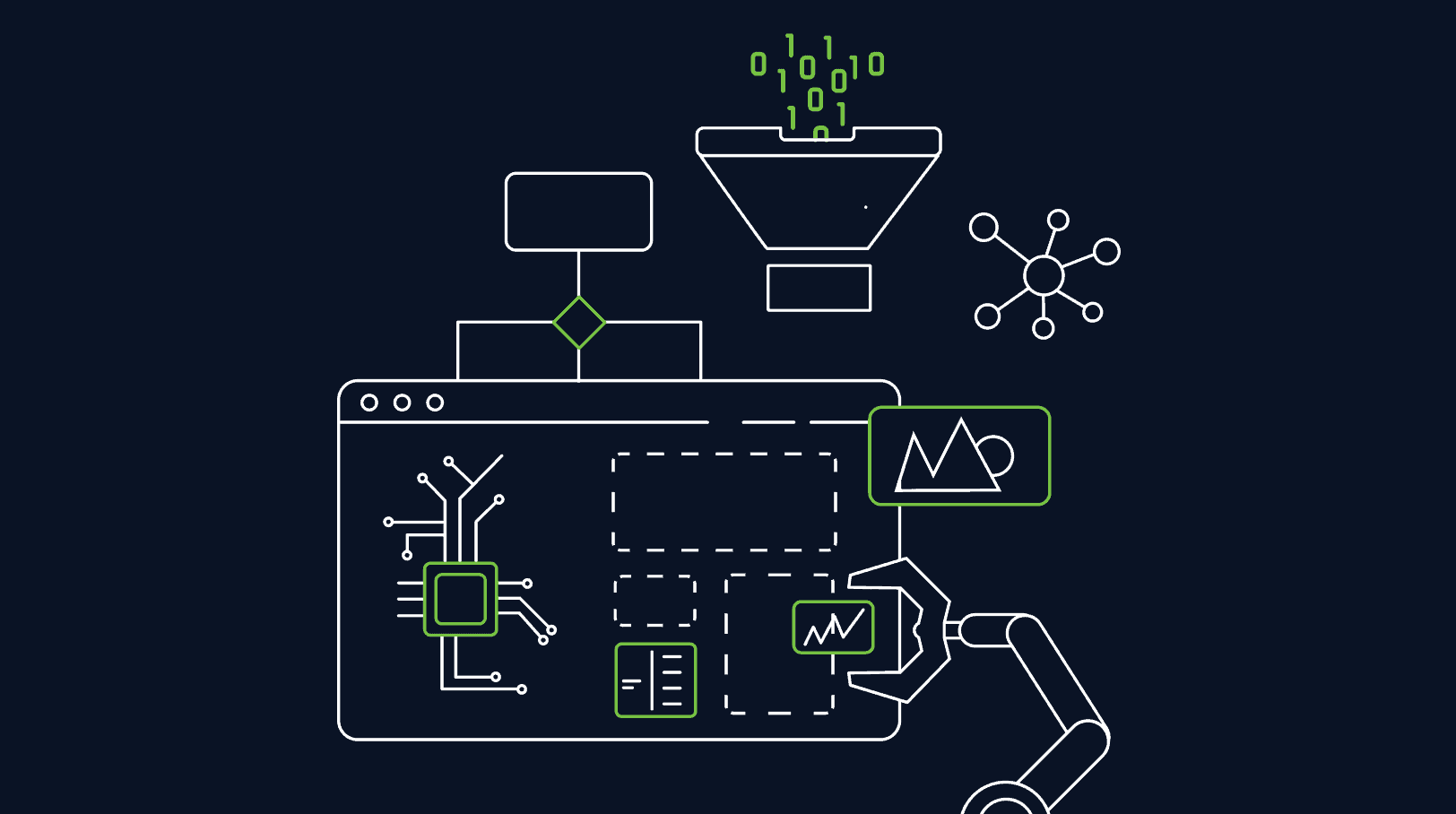A Unified Approach to Workflow Automation & Data Integration

We’ve all heard the term workflow automation. It’s there to make our processes more straightforward and efficient. But with increasingly complex tech stacks that often need to be tied into legacy systems at the cost of more time and money, many businesses are leaving a lot of potential on the table.
Workflow technology is evolving rapidly. The current environment presents a great opportunity for companies to explore the benefits of low-code, especially if they need the agility to develop solutions quickly.
Mendix’s low-code platform provides a solution. Instead of having each department or division running processes separately in a silo, utilizing a low-code platform creates a central point of interaction that actually streamlines processes. Mendix Connect and Workflow Editor do just that, combining to help you create seamless, automated workflows.
If you are looking to learn more about automated data integration and data integration workflows, this blog post will help you figure out where to begin with workflow automation.
Get around workflow roadblocks
Building workflow applications doesn’t have to be complex. With the right platform, you can automate processes and integrate data with a drag-and-drop, easy-to-use graphical interface, speeding up the time it takes to get from an idea to deployment.
In a world where efficiency matters more and more, inefficiencies can slow down workflows, impact employee productivity and motivation, and negatively affect the customer experience. Even relatively mundane tasks often involve these efficiency-impeding roadblocks, such as having to call for information, opening multiple screens, or waiting for other departments to react or respond.
Building an end-to-end process application in Mendix removes many of these roadblocks because your workflows live right in your Mendix application. You’re also able to digitalize manual processes and connect people and systems without burdening the IT department or outside developers with generating solutions to more straightforward problems.
Because the Workflow Editor lets you visualize your processes, it removes many of the common barriers around development. Workers feel more empowered to get involved, collaborate, and innovate, and they can offer insight and feedback in a collaborative environment, even with little to no developing skills.
Speed of development is another area where you can see a significant difference with low-code. For companies that need to deploy quickly, a low-code platform can democratize development across the organization and enable projects to get up and running in a fraction of the time: bypassing common roadblocks like scope complexity and long development cycles. If you discover a need to make a change, you can iterate quickly as well, potentially eliminating the need to go back to the drawing board.
Bring your data into the fast lane
To create human-centered apps that work, you first need to build on your core data, but integration challenges can prolong the development process. With the Mendix Connect, however, you can access all of your connected metadata in one catalog and use it effortlessly within Mendix, making it quicker and easier to build and scale applications that streamline information access.
The Mendix Connect Catalog serves as a central repository of metadata from your various disparate business tools, such as:
- warehouse management systems
- logistics platforms
- product lifecycle management systems
With everything in one connected ecosystem, developers can explore available data in one centralized location rather than scouring through different sources, connecting outside third-party applications, or waiting for permission to get access to key data. Tasks like calling customer details or searching for parts information is quicker and easier because Mendix Connect enables curation to ensure that everything is described appropriately.
Mendix Connect allows you to bring data into the Workflow Editor to develop workflows that naturally integrate with your organization’s data and programs. With Workflow Editor, you can use your data tables for the applications and processes you have and build on top of them, integrating data and logic.
If you’re concerned about access controls, the Mendix Connect Catalog has governance as a first-class concern. In an era of ever-increasing fears around data safety and security, good data protection is vital. With these offerings, there’s no need to worry, as the Mendix Connect Catalog lets you set who can access data, assign ownership, and tag sensitive pieces of information.
In addition, External Entities respect the underlying security of downstream systems, ensuring the chain of trust isn’t broken. In these ways, data security has been designed directly into the platform.
The future is workflow automation
Low-code offers a solution that can serve you now and into the future. In fact, Gartner predicts that 65 percent of application development will be via low-code by 2024.
Recent years have taught us the importance of remaining agile and transforming processes quickly. With millions working from home, companies scrambled to find ways to digitize processes and incorporate workflow automation on the fly. Gartner suggests that the impact of moving to digital-first processes and automation is only going to increase in the coming years, with 80 percent of commercial businesses focusing on hyperautomation.
